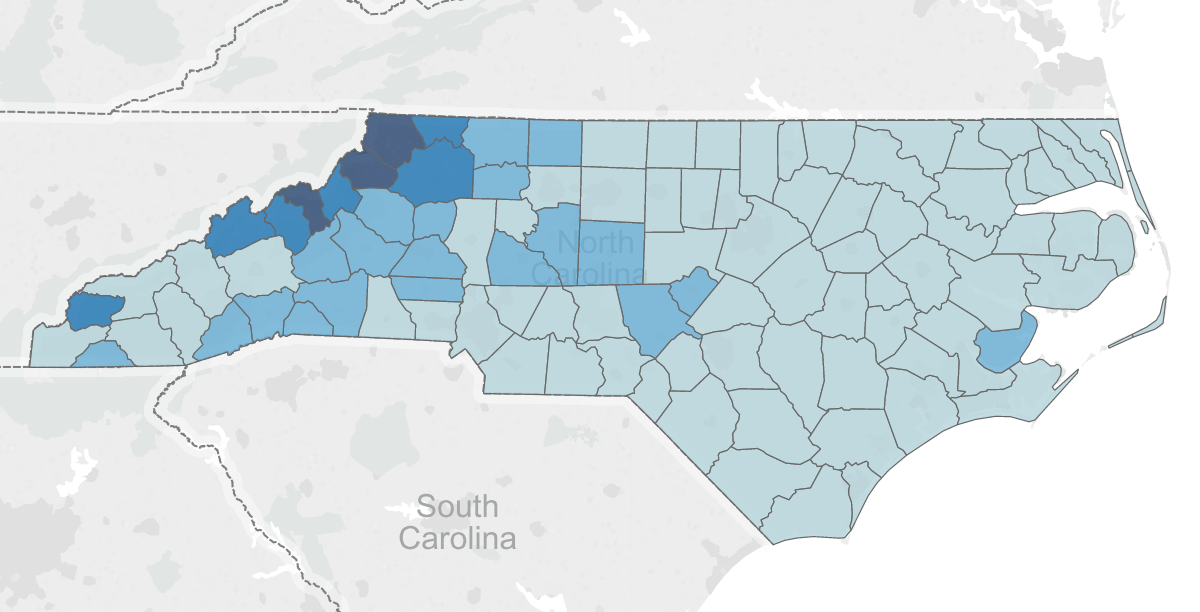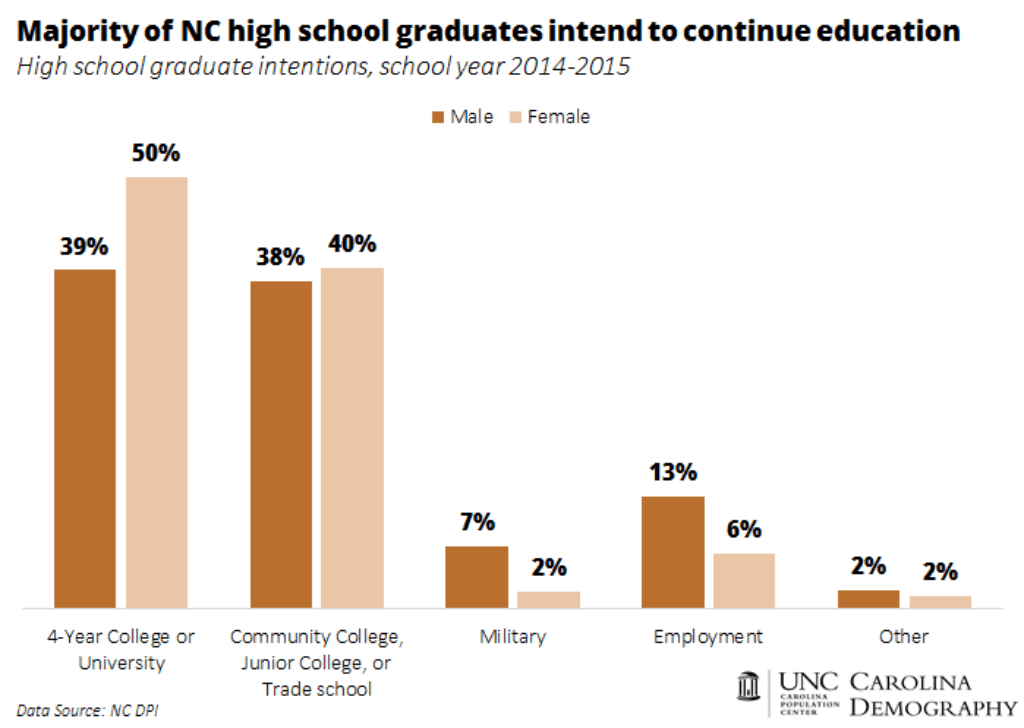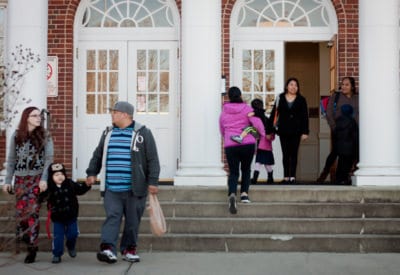

Educational attainment is critical to future success. For individuals, “educational attainment is a powerful predictor of well-being.” Higher levels of educational attainment are associated with higher wages, better health, and lower rates of unemployment.
For communities and employers, education is vital to ensure a workforce capable of meeting future job requirements. Georgetown’s Center on Education and the Workforce predicts that 67 percent of North Carolina jobs will require some form of post-secondary education by 2020. Specifically:
- 36 percent will require some college, an associate’s degree, or a post-secondary vocational certificate
- 22 percent will require a bachelor’s degree
- 9 percent will require a master’s degree or higher
North Carolina, like nearly all states, currently has average attainment levels below those required for the jobs of the near future.
These gaps do not reflect a lack of interest from current high school students, however. The 98,846 North Carolina high school students who graduated in the spring of 2015 were overwhelmingly committed to continuing their education. Ninety percent of female high school graduates reported that they planned to continue their schooling: half planned to go to a four-year college or university and another 40 percent reported that they would go to a community college, junior college, or trade school.


Although male high school graduates were significantly more likely than their female peers to report plans for military service (7 percent vs. 2 percent) and post-graduation employment (13 percent vs. 6 percent), the majority (78 percent) still intended to continue their schooling. Thirty-nine percent of recent male high school graduates planned to enroll in a four-year college or university and 38 percent reported plans to attend a community college, junior college, or trade school.
Among individuals continuing their schooling, most planned to stay in-state and attend one of North Carolina’s public institutions. Sixty-nine percent of all individuals going to a four-year public college or university — 30,700 graduates — reported plans to attend one of the UNC system campuses. More than 35,000 individuals — 93 percent of those who planned to attend community college, junior college, or trade school — intended to enroll at one of the 58 community colleges in the North Carolina system.
Of course, intentions to enroll are just the first step in the educational attainment process. Students must persist and eventually complete their education, and there are well-documented challenges on the pathway to college completion.
NC high school graduates and the UNC school system
For North Carolina students staying in-state, college-bound students have a choice between 15 campuses in the UNC system. Where do they go?
Of the 30,700 graduating high school seniors who reported an intention to enroll at one of the state’s public four-year universities, the fall enrollment data for the UNC system indicates that there were 27,443 recent who enrolled as first-year college students in the fall of 2015. This means that just over 89 percent of all high school graduates who reported intentions of enrolling in the UNC system in the spring of 2015 were enrolled in the fall.
In previous posts at the Carolina Demography blog, we’ve looked at where college-bound seniors go when choosing among the five largest public institutions (NC State, ECU, UNC-Chapel Hill, UNC-Charlotte, and ASU) and when choosing among all UNC system schools.
Today, we provide two alternate views of understanding college enrollment patterns. Drawing on 2015 Home Base of Students data from UNC’s North Carolina Higher Education Data (NCHED) collection system, the interactive maps below examine both the college choice of recent high school graduates and the county source of first-year freshman at a given institution.
The first tab, “UNC Campus Attended,” highlights the percentage of high school graduates from each county that attend the selected school. College enrollment trends show high levels of regionality. Although the largest institutions frequently pull from most, if not all, of the state’s counties, individuals attending college are most likely to attend institutions close to where they live.
The second tab, “County Source of Students,” highlights the percentage of first-time college freshman at each campus by their county of origin. As the state’s largest population centers, Wake and Mecklenburg counties dominate the flows of students into state universities. Wake is the biggest first-year sending county at Appalachian State University, East Carolina University, NC Central University, NC State University, UNC-Asheville, UNC-Chapel Hill, and UNC-Wilmington. Mecklenburg is the leading sender of first-year freshman to NC A&T State University, UNC-Charlotte, and Winston-Salem State University.
There are only five campuses for which Wake or Mecklenburg are not the leading source of first-time freshman: Elizabeth City State University, Fayetteville State University, UNC-Greensboro, UNC-Pembroke, and Western Carolina University. At each of these campuses, the campus home county or largest nearby county is the leading sender of first-year freshman students.
This article originally appeared as two blog posts at the Carolina Demography blog. It is reprinted here with the author’s permission.




